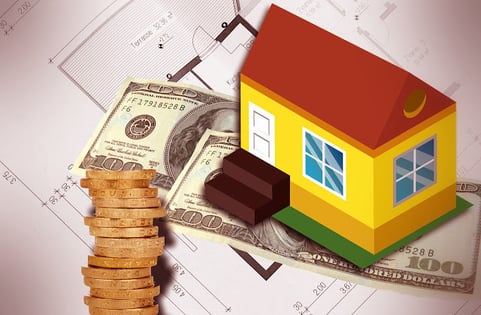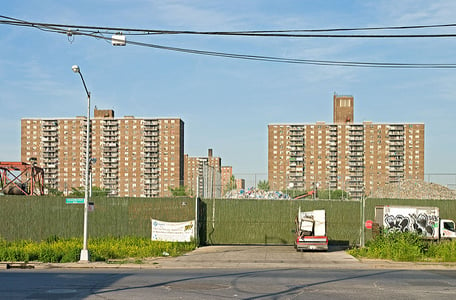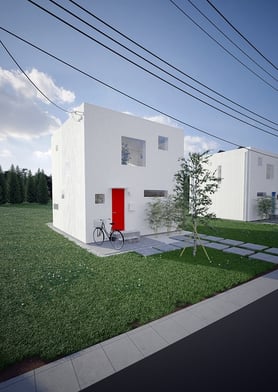Many of the readers of the Building Energy Resilience blog may not know that when I started working in the field of energy efficiency, my focus was on multi-family housing serving people with low incomes. ACEEE recently published this study on the income burden for low-income households. The energy burden is the percent of income paid for energy. It turns out that low-income households have two times the energy burden of the median household – paying over 7% of annual income in energy costs.
ACEEE followed this paper up with a blog post on the transportation burden on these same households, reporting that their transportation burden runs at 30% of income. I find that the easiest way for me to understand the problem that low income Americans face is to add up the numbers.
The Difficulty of Making Ends Meet on Minimum Wage
We’ll start with the current minimum wage of $7.25/hour, 40 hours of work per week and 50 weeks per year of work. Since many of these jobs are non-union and we have no federally mandated earned paid leave policy, people in low wage jobs often do not have access to paid leave.
 Image courtesy homepropertygrants.blogspot.com
Image courtesy homepropertygrants.blogspot.com
The income for this person is $14,500 per year. Here’s how the known burdens stack up for the top quartile of low income:
Energy (median 7.2%) = $1,044
Transportation (median 30%) = $4,350
Housing (median 30%) = $4,350
That leaves $4,756 annually or $396 per month for someone or even a family to survive on for an entire year. For a single working parent, other expenses would include child care, food, health and dental care at a minimum. The top quartile of low-income homes had an energy burden over 14%. For these people the situation is even more untenable with only $310/month remaining for necessities.
Spending Trade Offs to Survive
While the energy component of this calculation is admittedly small, because the margins are so thin, trade-offs are often forced where heads of household have to choose between health care, medicines, food or the energy bill. So the energy bill sometimes goes unpaid resulting in additional costs for late fees and reconnection charges after services are disconnected. While the fact that people can work full time and not earn enough money to cover the basic needs of themselves and their families is appalling, the focus of the ACEEE publications are the potential policy solutions for addressing the energy and transportation cost burdens.
 Image by Flickr user Dan DeLuca
Image by Flickr user Dan DeLuca
Smart Policies to Help Low Income Households
Policies that can help address the energy and transportation burdens faced by lower income Americans include:
- Ensuring new construction is energy efficient and accessible by public transportation
- Connecting housing with the workplace – often the areas surrounding areas of employment are largely commercial, or in the case of urban areas, are often unaffordable to low income employees. Ensure there is affordable housing and public transportation in proximity to places of employment.
- Walkable communities – our transportation infrastructure is heavily oriented toward automobiles, but walking and bicycling are better for our health and the environment. We need to reimagine transportation infrastructure to prioritize healthy, environmentally friendly transportation over cars.
- Energy efficiency programs often struggle to serve low income households due to the split incentive issue – property owners may not be low income and if the programs pay the full cost of bringing the home up to modern comfort and efficiency standards, the landlord may raise the rent – and due to the fact that these homes often require deeper investments to address underlying structural issues that must be corrected to enable energy efficiency upgrades.
 Image by Flickr user BAKOKO
Image by Flickr user BAKOKO
We must recognize our fortune when we are not faced with such high energy and transportation burdens and find ways to improve the fabric of our cities and towns to reduce the burden on those who can least afford it.


